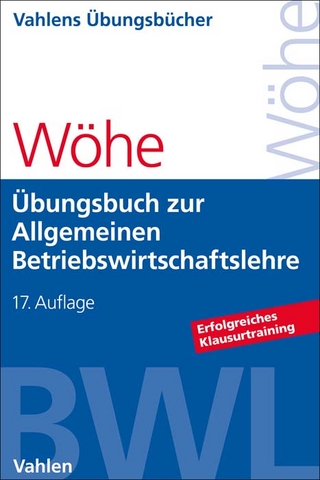
The Israeli Economy, 1995–2017
Cambridge University Press (Verlag)
978-1-108-83046-1 (ISBN)
This book describes and analyses developments in the Israeli economy from 1995 to 2017. During this period, inflation was vanquished, the deficit in the balance of payments turned into a surplus, the public debt to GDP ratio sharply decreased, and unemployment has declined to an historical low. Nevertheless, the economy still suffers from many maladies: the productivity level is among the lowest in the developed world, and inequality has generally been on the rise. In the face of these threats to future growth and social cohesiveness, the question arises: has the reliance on market forces gone too far, and has the government retreated from its traditional tasks, tasks the private sector cannot (or does not) perform.
Avi Ben-Bassat is Professor Emeritus at the Department of Economics at The Hebrew University of Jerusalem. Reuben Gronau is Professor Emeritus at the Department of Economics at The Hebrew University of Jerusalem. Asaf Zussman is an Associate Professor at the Department of Economics at The Hebrew University of Jerusalem.
1. Lights and Shadows in the Market Economy Avi Ben-Bassat, Reuben Gronau and Asaf Zussman; Part I. Government Policy and Macroeconomic Developments: 2. Fiscal Policy: The Journey Towards a Low Debt to GDB Ratio and Smaller Government Adi Brender; 3. Israel's Taxation Policy Michel Strawczynski; 4. Inflation and Monetary Policy Sigal Ribon; 5. From Deficits to Surpluses: Israel's Current Account Reversal Leonardo Leiderman and Victor Bahar; 6. Defense and the Economy, 1990-2016 Esteban F. Klor and Asaf Zussman; Part II. Reforms and their Effects: 7. Developments in the Israeli Capital Market 1995–2017: Toward an Efficient Financial Intermediation Doron Avramov, Efrat Dressler and Lior Metzker; 8. The Reforms in the Israeli Pension System 1995 – 2015 Reuben Gronau and Avia Spivak; 9. Aggregate Concentration in Israel, 1995–2015 Konstantin Kosenko; 10. Taxation of Natural Resources Eytan Sheshinski; Part III. Investment in Human Capital, Productivity, and Inequality: 11. Why is Labor Productivity in Israel so Low? Moshe Hazan and Shay Tsur; 12. Income Inequality in Israel: A Distinctive Evolution Momi Dahan; 13. The Israeli Labor Market, 1995–2015; 14. Economics of Education in Israel: Inputs, Outputs and Performance Dan Ben-David and Ayal Kimhi; 15. Economic Aspects of the Healthcare System in Israel Gabi Bin Nun and Gur Ofer; 16. The Arab Economy in Israel Nitsa (Kaliner) Kasir and Eran Yashiv; Part IV. Key Issues in Various Sectors: 17. The High-Tech Sector Neil Gandal, Stefania Roccas Gandal and Nadav Kunievsky; 18. The Israeli Housing Market: Structure, Boom and Policy Response David Genesove; 19. Policy Tools to Promote Environmental Quality in Israel: a Comparison of Economic Tools with Direct Regulation Doron Lavee; Index.
| Erscheinungsdatum | 08.02.2021 |
|---|---|
| Zusatzinfo | Worked examples or Exercises |
| Verlagsort | Cambridge |
| Sprache | englisch |
| Maße | 152 x 229 mm |
| Gewicht | 1019 g |
| Themenwelt | Wirtschaft ► Betriebswirtschaft / Management ► Allgemeines / Lexika |
| Wirtschaft ► Volkswirtschaftslehre | |
| ISBN-10 | 1-108-83046-3 / 1108830463 |
| ISBN-13 | 978-1-108-83046-1 / 9781108830461 |
| Zustand | Neuware |
| Haben Sie eine Frage zum Produkt? |
aus dem Bereich


